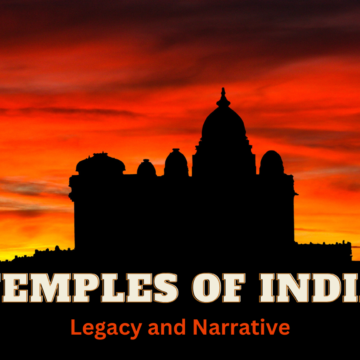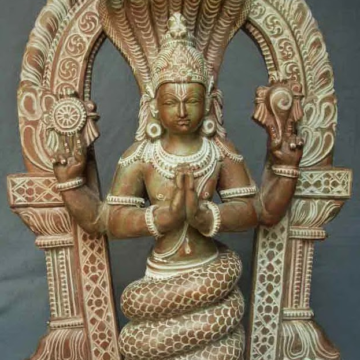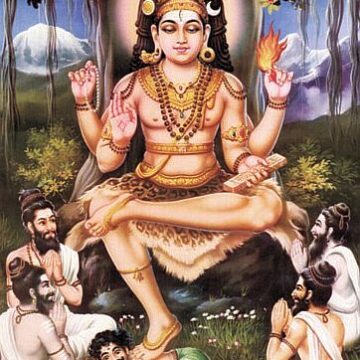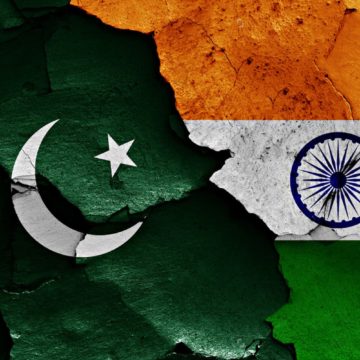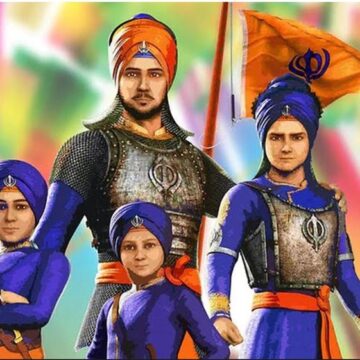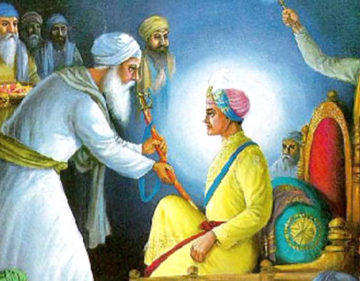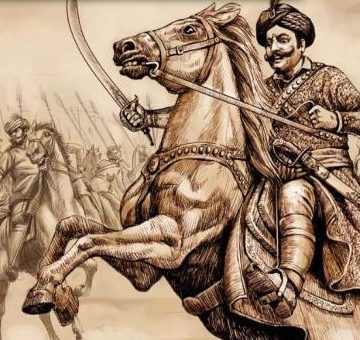Building a separate structure to house murtis, carriers of divinity, for personal and public worship of deities is an old tradition prevalent in India.
Manisha Chitale takes us through the history and evolution of temple architecture in the country and how temples have shaped the Sanatana dharmik civilisation.
Category: <span>Uncategorized</span>
Śaṅkara Charitam – a re-telling – Chapter-11 – Patañjaliṃ-Gaudam-Govindaṃ
The boy Śaṅkara continues on his path, in search of his Guru. Meanwhile, Patañjali Mahaṛṣi, who is Śānta-svarūpa of the ugra-rūpa of Ādiśeṣa, aims to teach a thousand students at once; and places two conditions in front of his students. Both conditions are violated by his students, and the aftermath and its ramifications on the journey of Śaṅkara are discussed.
Śaṅkara Charitam – a re-telling – Chapter-10 – Śaṃbhu-Śaṅkara
In the 10th Chapter of Śaṅkara Charitam, Śaṅkara starts his life as a saṃnyāsi and takes his first steps toward his Guru, his destiny. Shri Ramesh Venkatraman also delves into evidence regarding Śaṅkara being an avatāra-puruṣa, the active and vocal aspect of Śiva.
The Neglected Hindu Period of Pakistani History
Since the partition in 1947, Hindus in Pakistan, the persecuted minority, have found their voices unheard and suppressed.
Once inhabited by Hindus and Buddhists, the region that forms Pakistan at present has a demographically insignificant, if not laughable, population of minorities. With the physical disappearance of the Hindus in Pakistan, their history as indigenous inhabitants of the land is gradually becoming a fading memory.
Hymns to Brahman – Part 1; By Rabindranath Tagore
These verses are selected and translated from the poet Rabindranath Tagore’s vast repertoire of Bengali Brahamsangeet song lyrics. These song lyrics are rich in terms of literary finesse, outstanding as musical compositions of a classical or semi-classical nature; and, they demonstrate an intense religious longing in the poet – a yearning to attain and dwell in a constant state of union with the Divine.
India’s History: Part I, By Rabindranath Tagore
This is an English translation of the essay “Bharatbarsher Itihas” by Rabindranath Tagore, to be found in his anthology of Bengali essays entitled “Bharatavarsha”. The anthology contains several of Rabindranath’s longish essays concerning historical, cultural, and political dimensions of India, all written between 1901 and 1905, a period which can be described as the zenith of Bengal’s (and in turn, India’s) rebirth in the Modern Era. Each of these essays, though deeply embedded within the historical context of the author’s time and space, is largely relevant for all of India today.
SGPC Ban on portrayal of Sikh Gurus
Sikhism, since its advent, has looked down upon murti pooja. Guru Nanak himself has called Hindus ignorant for worshipping murtis made of stone, instead of the all-encompassing Almighty God.
The same belief is now being applied to pictorial, cinematographic, and animated depictions of Sikh Gurus, their kin, and other eminent Sikh personalities; by the SGPC.
Meeri-Peeri In Sikh Panth
Meeri-Peeri is one of the most important principles of Sikhism; Devendra Sharma takes a deep dive into the history of Sikhism to the point of origin of Meeri-Peeri and investigates how far-reaching its effects are on the psyche and conduct of the Sikh Panth.
Religious Nationalism of the Two Nation Theory
In this article, Adarsh Jha digs for facts behind the much talked about "Two Nation Theory"; and how the two parties debating it are faring, 75 years after the partition.
Why Prithviraj Chauhan is Revered as the Saviour of Hindus
Samrat Prithviraj Chauhan, often seen only through the lens of Chandar Bardai's Prithviraj Raso, seems to be like any other Rajput king at first - the text emphasises his personal life more than his military might or any other facet.
This article aims to make a well-rounded conclusion about Prithviraj's character and his primary basis for deciding between friend and foe, and establishes him as a hero and saviour for Hindus.

